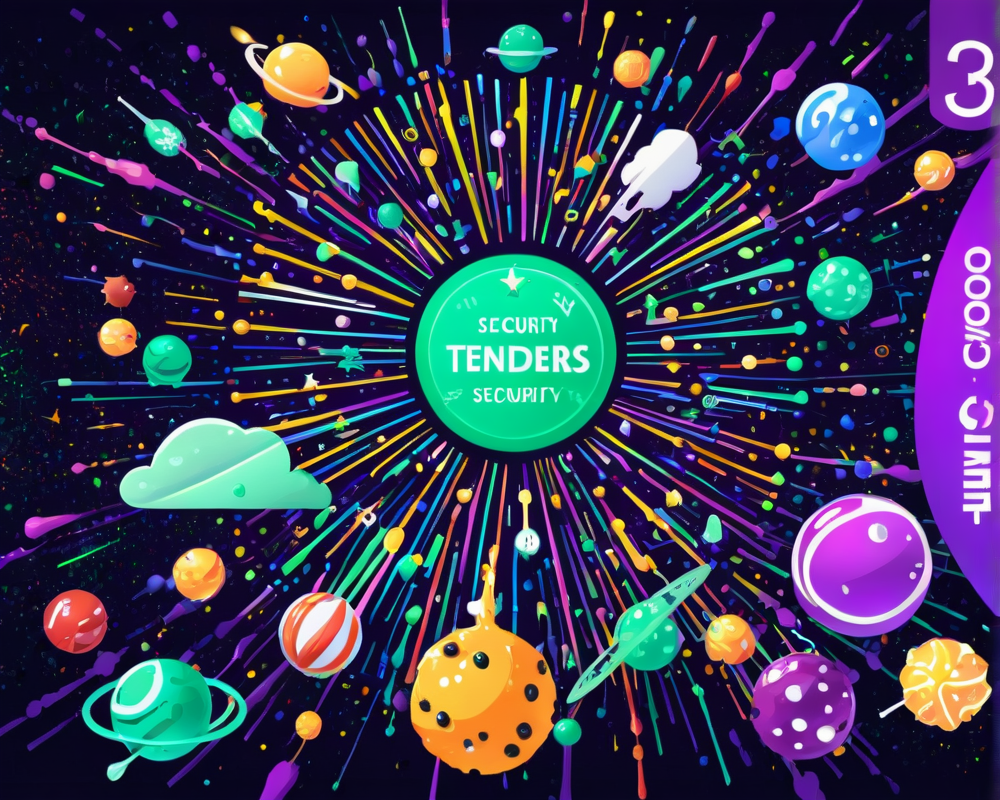Understanding the Security Vulnerability in Tendermint Core
On October 1, the Cosmos platform made waves across the blockchain community by announcing a significant security vulnerability—one described as “high-severity”—existing within their consensus engine, Tendermint Core. This flaw, shocking as it is, has repercussions for all versions of Tendermint, which underpins Cosmos’s structure.
Quick Response and Urgent Action
In a bid to protect its ecosystem, Cosmos released an update patch the very next day. The emphatic call to action for all validators and service providers on Tendermint networks was clear: update your software immediately! Ignoring such advice is akin to leaving the door wide open while inviting hackers for tea.
The Beauty of Blockchain Interoperability
So, what makes Cosmos’ platform so valuable? It enables seamless communication between different blockchains, allowing them to transact with one another. This feature is powered by Tendermint’s inter-blockchain communication protocol, aiming to create a cohesive blockchain universe. As we embrace the blockchain revolution, interoperability could be the glue that holds everything together—unless, of course, there’s a massive security hole.
Recent Vulnerabilities: A Troubled Trend
The Cosmos revelation came on the heels of other pesky security issues this past week, with vulnerabilities popping up in ZCash and the Lightning Network. It seems like a bad habit for the blockchain sector, akin to not realizing you’re on the wrong bus until you’ve missed your stop.
The Lightning Network’s vulnerability essentially allowed nodes to accept funding transactions for channel openings without ensuring that the transaction was legitimate. Essentially, someone could reallocate funds without any payment—yikes!
Meanwhile, zk-SNARK lovers were left biting their nails after ZCash warned about a bug that could leak IP address information from shielded full-nodes, exposing users further.
Keeping Calm in a Chaotic Crypto World
While these vulnerabilities stir concern, it’s important to remember that the blockchain landscape is constantly evolving. New patches, upgrades, and protocols are routinely introduced to bolster security. As such, vigilance and prompt action—like updating your software—are critical in protecting both individual and network interests.


